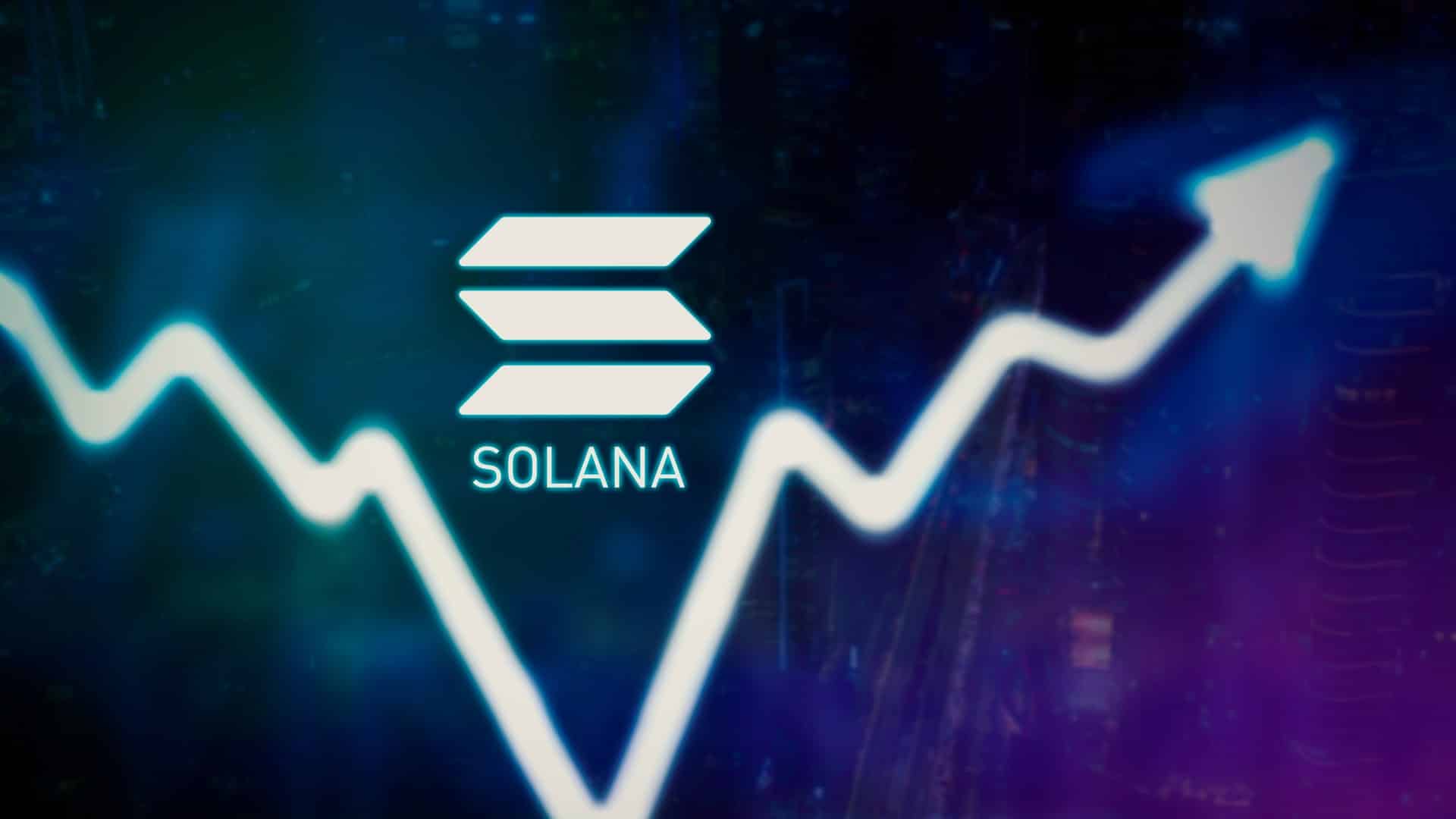The Federal Reserve is about to publish a report on the benefits and risks of the central bank’s digital currency (CBDC), and therefore the hypothetical digital dollar. The Wall Street Journal reported.
Risks and benefits of CBDC
The debate on the digital dollar seems to be in full swing in the United States. According to supporters, the CBDC should be credited with faster payment. However, opponents are concerned about the privacy and security of users. According to the Wall Street Journal, there are also concerns within the Fed that the digital dollar would undermine the financial system and put banks in crisis.
There is also a problem that should not be underestimated: the world’s major powers are moving towards the issuance of digital currencies issued by their respective central banks. China is far ahead of them, so much so that the digital yuan could debut at the next Beijing Olympics in 2022. The European Union is also studying the digital version of the euro, although the overall process will take at least four years.
This issue is crucial for the United States: it is important that the dollar does not lose its leading position as the strongest currency in the world. Fed representative Lael Brainard said:
“It is very difficult for me to imagine that the United States, given the position of the dollar as the dominant currency in international payments, would not have come to the table with a similar kind of offer in similar circumstances.”
Fed report on the digital dollar
The Fed’s report on the digital dollar is an assessment to open the debate. A Fed study with the Massachusetts Institute of Technology, this time more focused on the technical side of the digital dollar, is expected to follow.
The issuance of the digital dollar is also part of the Fed’s strategy to provide an alternative to private digital currencies, including BTC and stablecoins.
It would be a centralized currency and a fully controlled central bank. In contrast, cryptocurrencies are the exact opposite, completely decentralized, without intermediaries, and the transaction system is entrusted to validators and certified by a blockchain.
Central bank digital currencies are designed to respond to users’ demands for a fast and efficient electronic payment system, such as cryptocurrencies. The Fed, like the ECB, cannot ignore this demand, nor can it leave the field open to cryptocurrencies.
Factors that could affect the further growth of the price of BTC
- Bitcoin Whales Cash In Millions Amid Recent Rally - November 20, 2024
- Hidden Pattern on XRP Charts Suggests a 500% Surge – Is It Finally Moon O’Clock? - November 20, 2024
- $PNUT Up 325% In 7 Days, Heading To New Record – Will This New Altcoin Be The Next Hot Deal? - November 19, 2024























